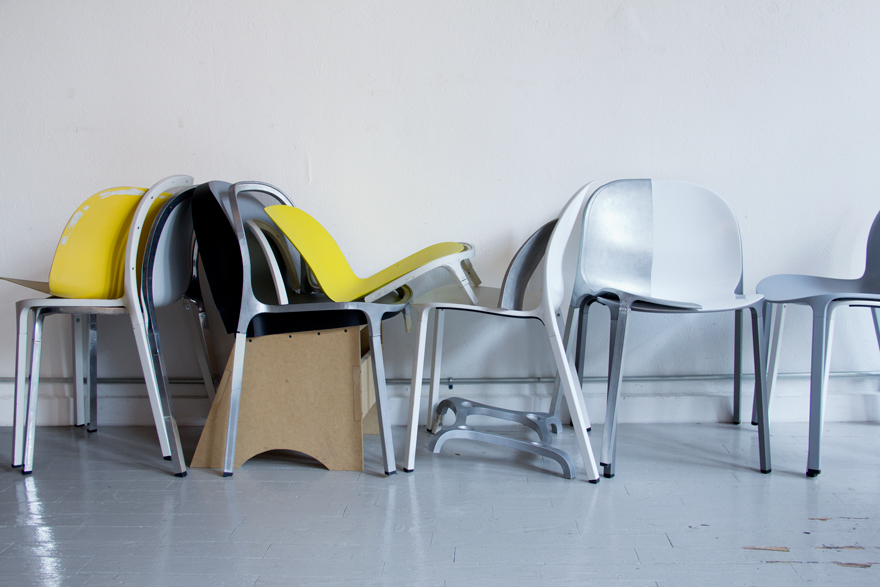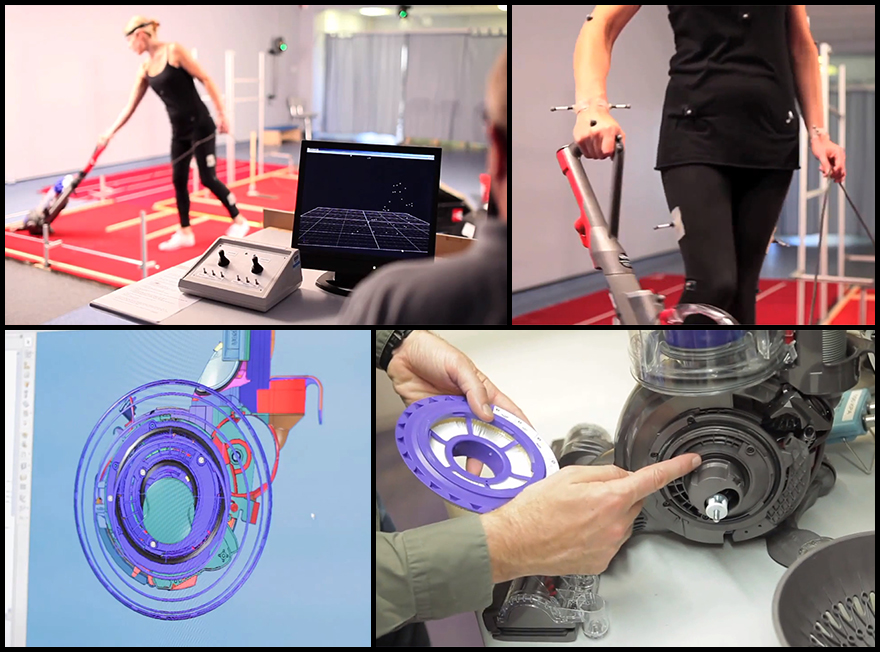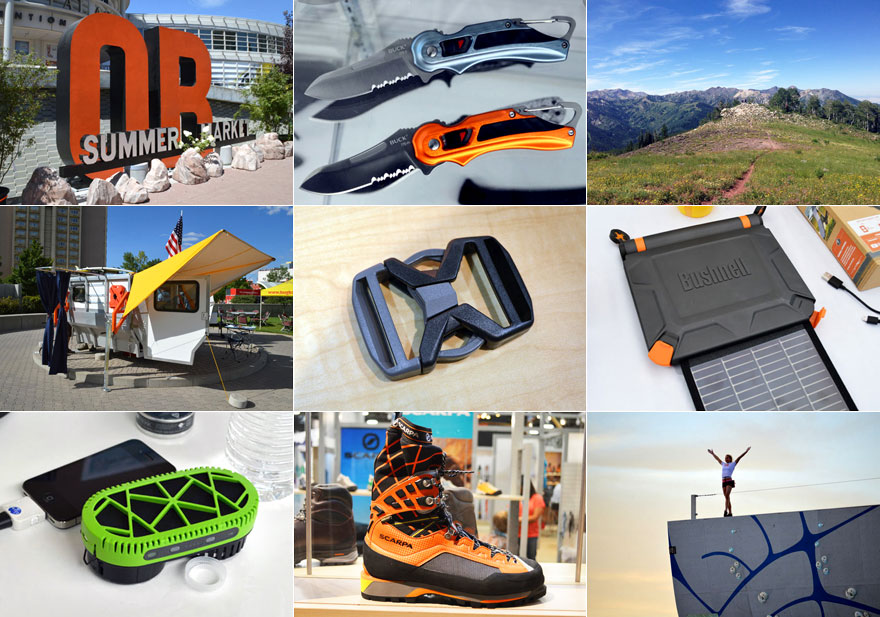
Jonathan Ota and Ethan Frier are the brain and brawn behind Project Aura, a lighting system for the wheels of your bicycle. What once started as a design school experiment is now a product. They are finishing development of the prototype and are currently looking for another company to partner with to produce and distribute Project Aura.
A Conversation between Jonathan Ota and Ethan Frier
Jonathan Ota: Remember when we first received that SURG check? What was it, $865 for something that we didn't even understand what we were doing?
Ethan Frier: Yeah, I mostly remember being shocked that we actually got the check, and thinking how much money it was. That was the first time I had ever really thought about how development and funding we really tied together, and being excited to actually get to develop this project with that funding. Neither of us really had the money to buy the equipment and supplies we needed for the prototype, so without that funding we never would have been able to even start this.
That was also the point when I started to recognize how much of an idealistic bubble schoolwork was—presenting renderings and mock-ups. When we actually tried to build a working prototype, we were forced to answer to the technical, physical and economic constraints of the real world.

JO: Ha, I think that has been a trend of the project—us applying for money, then winning it and not know what to do with it. I remember thinking, "I think we just conned our school into giving us free money." The physical prototyping was definitely the hardest part of the project, given how ignorant I, for one, was about that thing called electricity and LEDs and stuff like that. In the beginning, it was very much a technical and design exploration, though presently it's interesting how the focus on pure technical development has become just a part of the bigger strategy of trying to run a successful business.
EF: How did you feel after the Core77 wrote about the project, and the upshot of that? I remember feeling like I somehow cheated, that we didn't really deserve it in a way.
JO: I did feel like a bit of a cheat, because it didn't feel intentional. I remember thinking that getting anything published on Core was the pinnacle of every industrial design student's dream and the stamp of success on a school project, but to deal with the feedback and comments from hundreds of people? It was absurd! I couldn't believe it and I was immediately overwhelmed. Plus, I also thought I cheated because the video looked good—too good—when in fact the prototype was just barely functional. (moral of the story: learn how to make good videos).
It was only after this Internet "success" that I thought we could do something more with Aura—it proved that there was some sort of demand for it. Except, here I was, just a 19-year-old kid with a cool video, a half-functional proof-of-concept and nary a clue of what to do next.
















 User Interface of SculptGL (top) and Sculptfab (bottom)
User Interface of SculptGL (top) and Sculptfab (bottom)







 Models for
Models for 
















 Image courtesy of Johnny Coast
Image courtesy of Johnny Coast





















